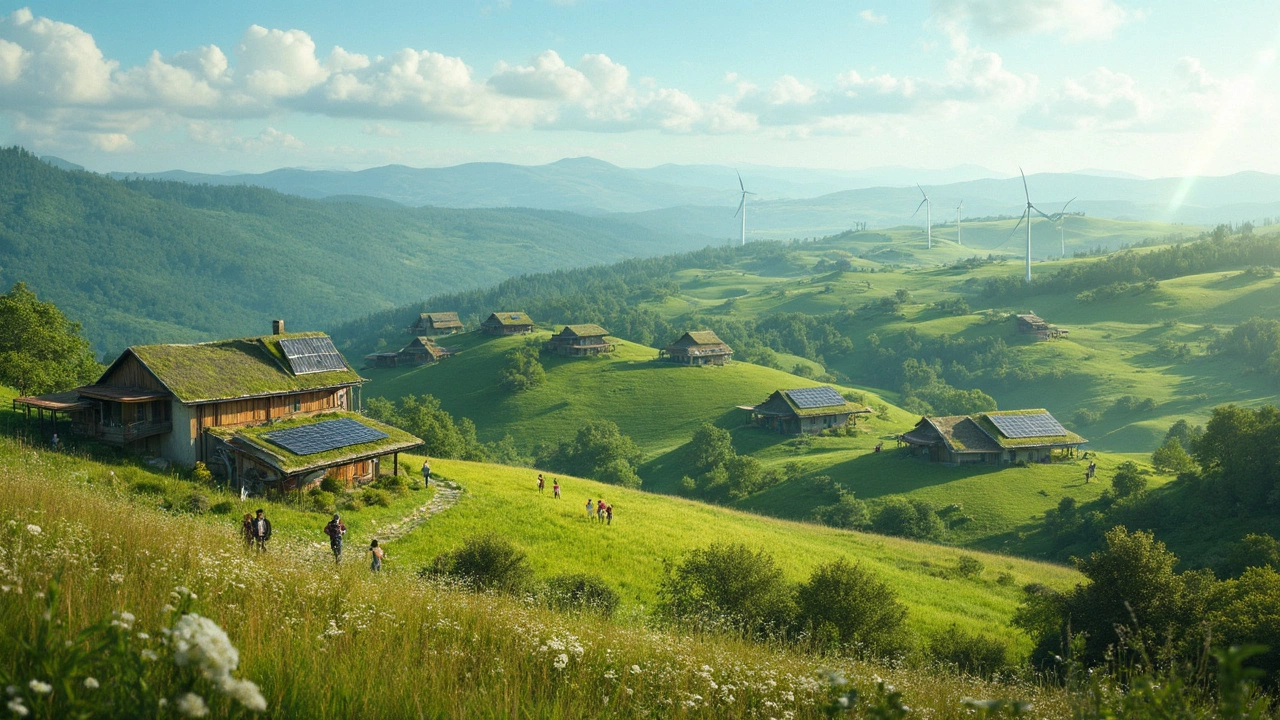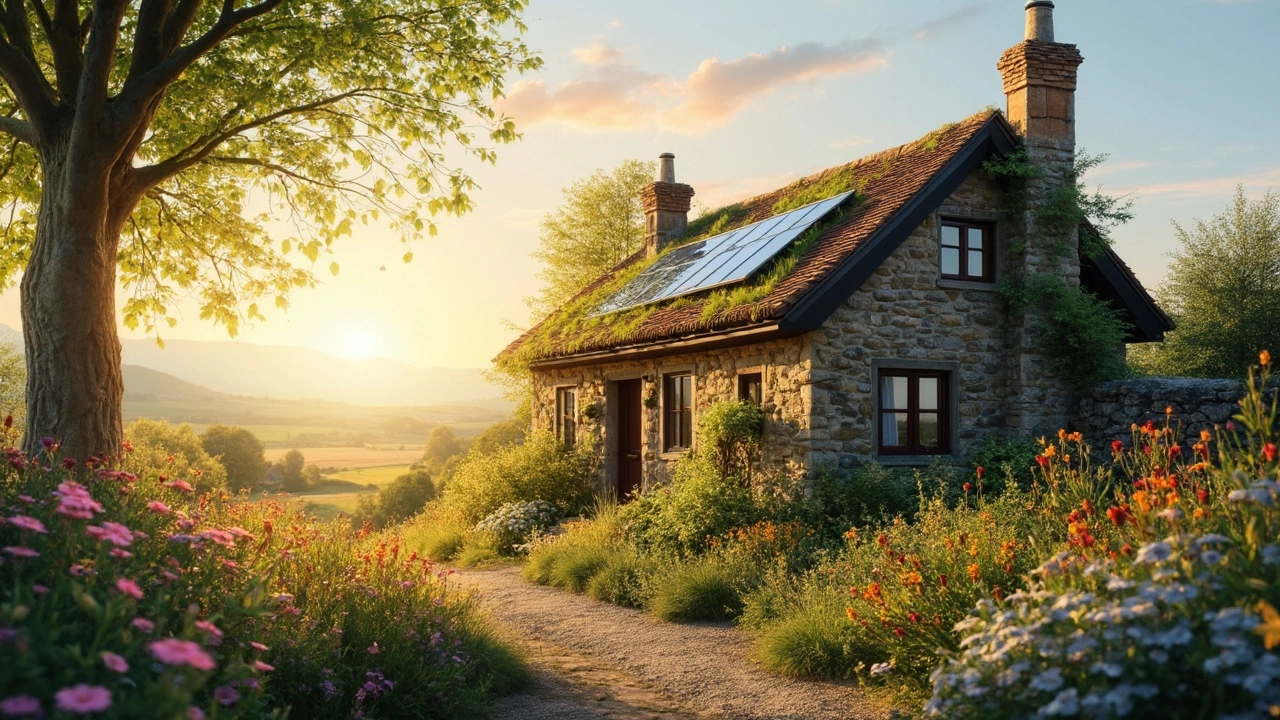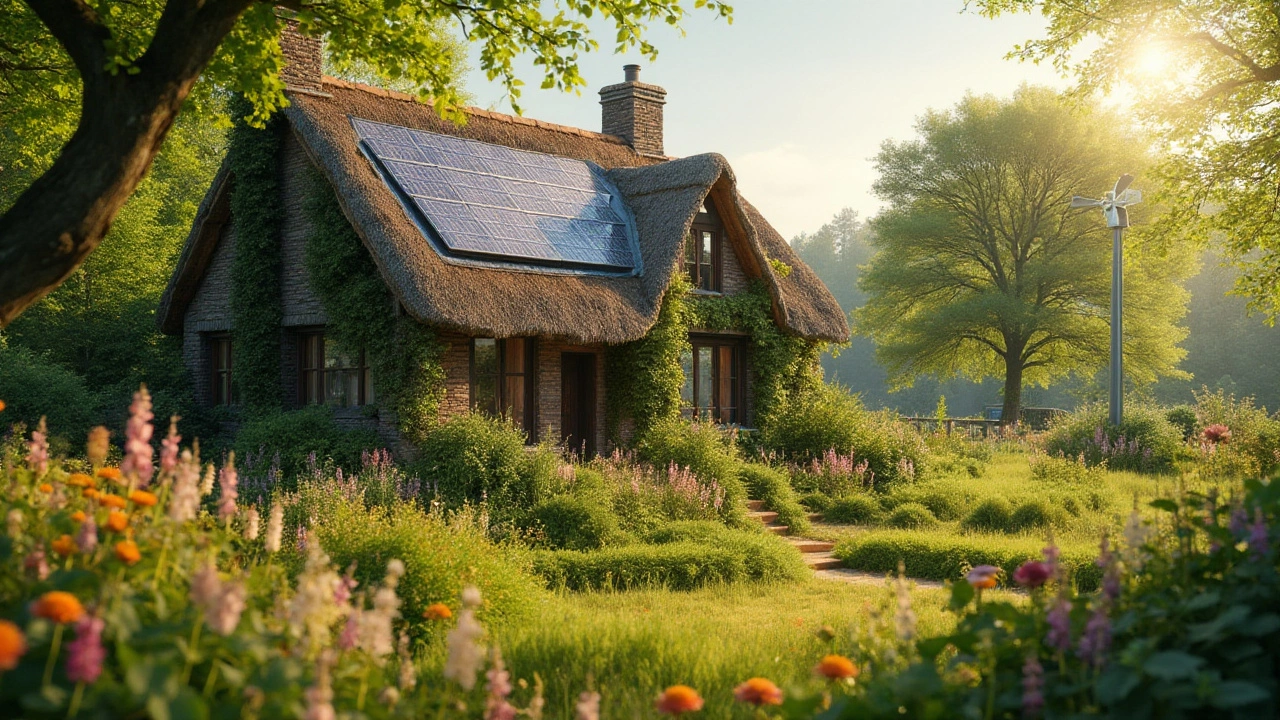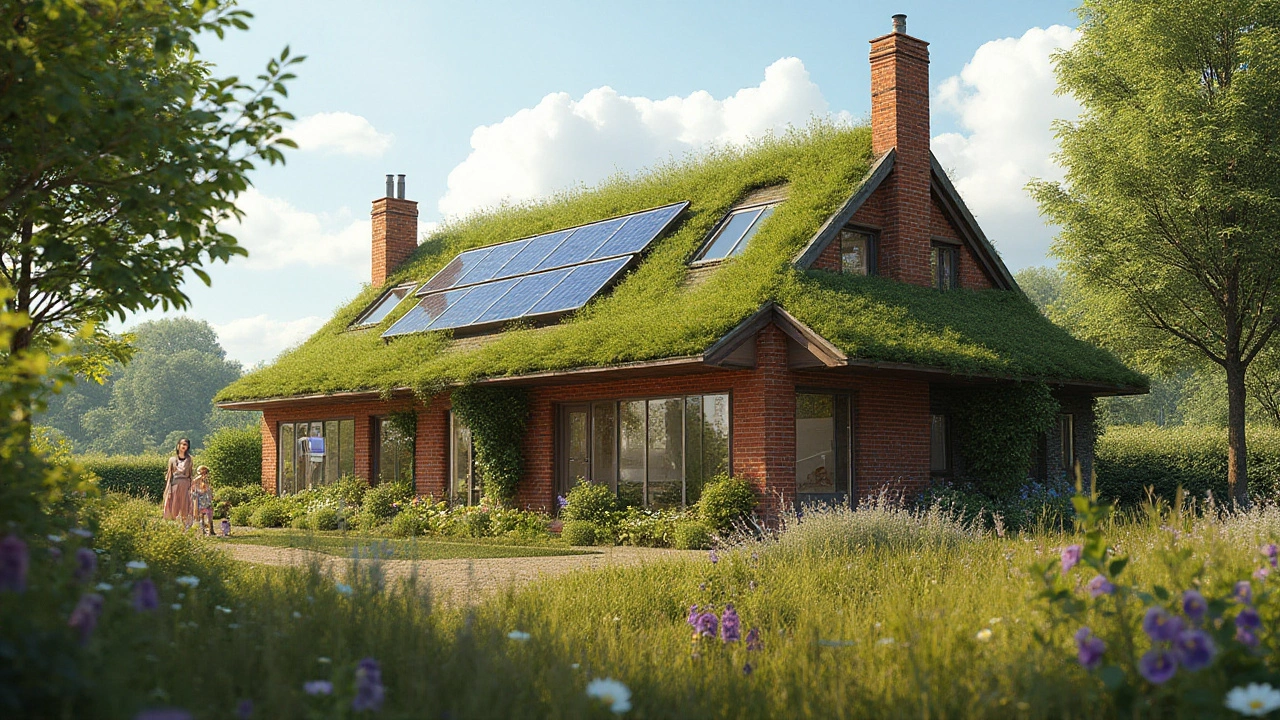Sustainable Living: Simple Ways to Go Green at Home and on the Road
Going green doesn’t have to be a big project. A few small changes in how you travel and where you stay can make a real difference. Below you’ll find easy habits you can start today, whether you’re packing for a glamping weekend or redecorating your cottage.
Eco‑Friendly Travel Hacks
First up, travel. Instead of flying short hops, try taking the train or a bus – it cuts emissions and often gives you a chance to see the countryside. If you’re heading out for a glamping adventure, look for sites that use composting toilets or solar power. Those setups keep waste out of the ground and use clean energy.
Pack light. Every kilogram you leave behind means less fuel burned. Choose reusable water bottles and bamboo cutlery instead of single‑use plastic. When you need to keep food fresh, a small cooler with ice packs works better than buying bottled drinks on site.
Finally, book smart. Many eco‑friendly campsites and cottages list their green practices right on the booking page. A quick check for “sustainable camping” or “eco‑friendly lodging” can point you to places that already think about the planet.
Green Home Practices
At home, start with the walls. If you’re building or renovating a cottage, pick natural insulation like wood fibre or recycled denim. These materials keep the house warm without the chemical load of traditional foam.
Swap out old light bulbs for LED – they use a fraction of the energy and last years longer. And don’t forget the power strip; unplug devices when they’re not in use to avoid phantom draw.
Water savings are easy too. Install low‑flow showerheads and fix any drips right away. Collect rainwater in a barrel for garden watering; it reduces demand on the mains and gives plants a natural boost.
If you have a garden, plant native shrubs and herbs. They need less water, attract pollinators, and often stay healthier without extra chemicals. A small vegetable patch can also replace grocery trips for a handful of items each week.
When it comes to waste, a three‑bin system works well: recycle, compost, and landfill. Composting kitchen scraps cuts what goes to the dump and gives you rich soil for the garden.
Lastly, think about your furniture. Second‑hand stores, reclaimed wood, or even upcycling old pieces can give your home character while keeping new resources out of the supply chain.
Putting a few of these ideas into practice adds up fast. You’ll notice lower bills, a cozier space, and the good feeling that you’re doing your part. Sustainable living is built on tiny, consistent steps – not massive overhauls.
Ready to try one change today? Pick the tip that feels easiest, give it a go, and watch how it fits into your routine. The more you experiment, the more natural green choices become. Happy eco‑living!



